When designing lighting for home offices, it’s important to consider the various types of lights available, such as LED (light-emitting diodes) and fluorescent bulbs, including fluorescent tubes and compact fluorescent lamps. The selection of lighting not only influences energy costs and the aesthetic of the lighting design but also profoundly affects the health and productivity of individuals working from home.

Introduction to Lighting Options in Office Spaces
While traditional lighting options like incandescent bulbs and fluorescent bulbs have been prevalent in the past, the advent of LEDs marks a significant evolution in the lighting industry. LED lights offer benefits such as energy efficiency, longevity, and a quality of light that can reduce eye strain and improve concentration, making them a popular choice for home office environments.
Understanding the characteristics of these light sources, from their energy consumption to the color temperature and brightness they offer, is crucial in creating a conducive and comfortable home office space. This knowledge enables homeowners to make informed decisions that balance practicality, comfort, and efficiency in their home office lighting.
Understanding Different Light Sources
- Natural Light: Natural light is an invaluable asset in office spaces, offering a range of benefits from enhancing mood and productivity to reducing the reliance on artificial lighting. The use of large windows or skylights to maximize daylight not only creates a more pleasant and healthful work environment but also contributes to energy savings and sustainability. However, when there is not much light is insufficient, people often turn to artificial lighting options like LEDs, fluorescent light bulbs, and incandescent bulbs.
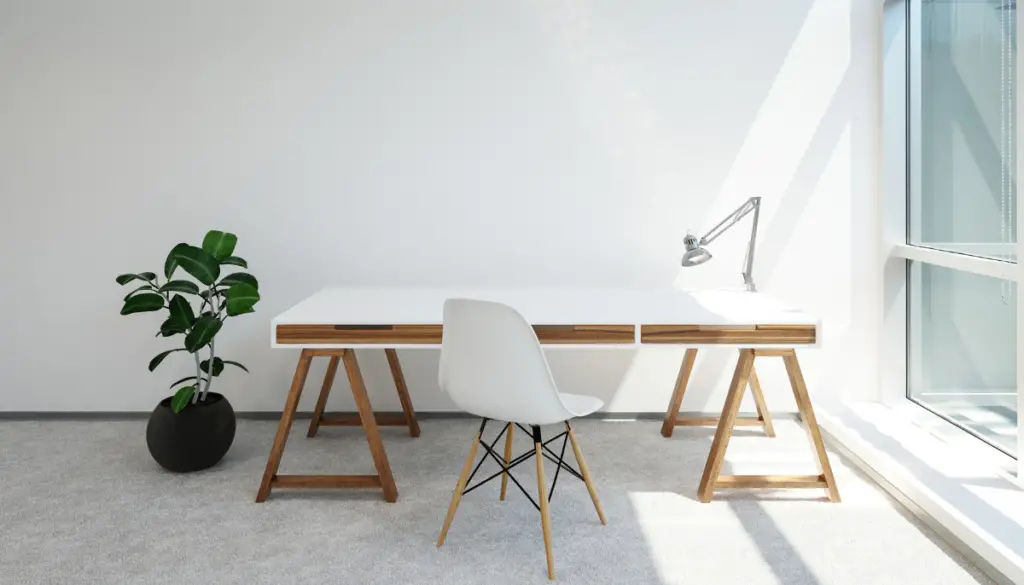
- Fluorescent Bulbs: These include various forms like linear fluorescent lamps range and compact fluorescent lamps. They operate by passing an electric current through mercury vapor, which produces ultraviolet (UV) light. This UV light then excites a phosphor coating inside the glass tube, emitting visible light. While they are more efficient than incandescent bulbs, fluorescent tube lights contain hazardous materials and can lead to higher maintenance costs due to their shorter lifespan.
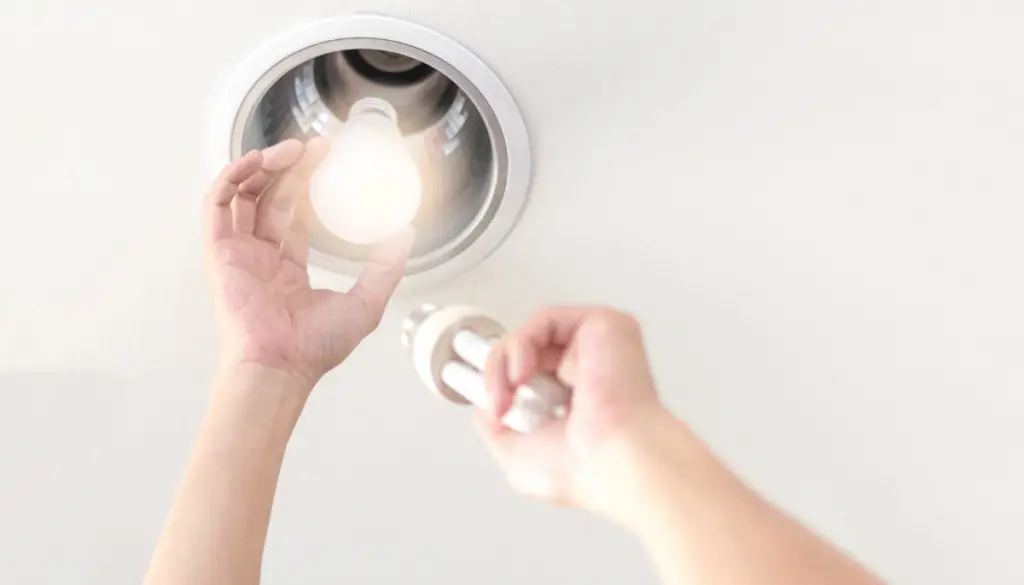
- LEDs: Standing for light-emitting diodes, these semiconductor devices have significantly altered the landscape of commercial lighting. They offer a range of products including LED tubes, LED troffers, and even flexible options like LED strips. Notable for their energy savings, an LED bulb consumes much less energy than fluorescent and incandescent lights, making them a cost-effective choice in the long run. Their design flexibility also allows integration into various architectural styles, from modular dropped ceiling grids to sleek pole lights.
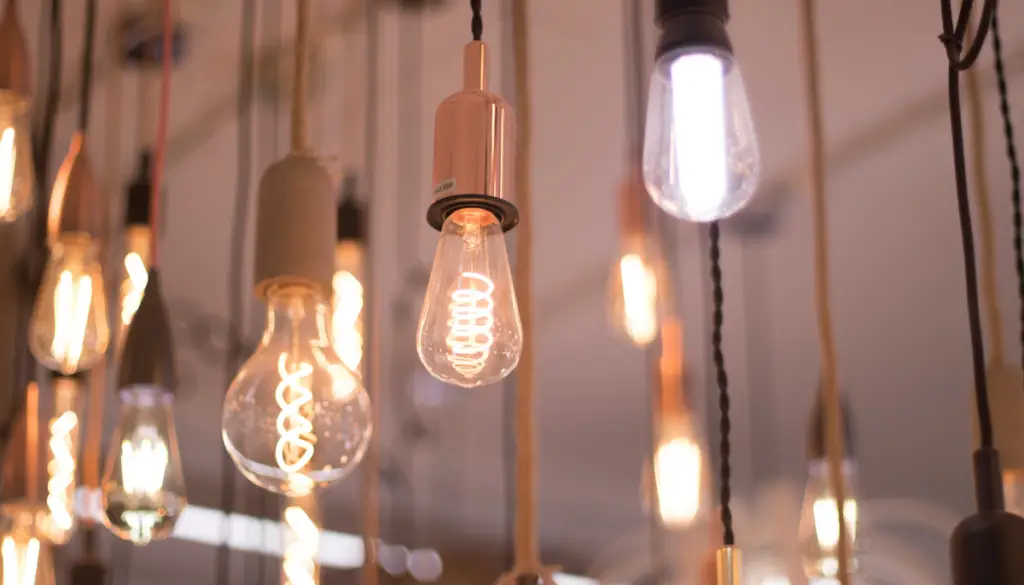
- Incandescent Bulbs: These are the oldest technology in the lighting sphere, known for their warm yellows and white light. Despite their ability to create a cozy ambiance, incandescent lights are much less efficient, emitting a lot of heat and consuming more energy, which contributes to higher electricity bills. These older lighting fixtures are slowly being replaced by LEDs and Fluorescent bulbs.
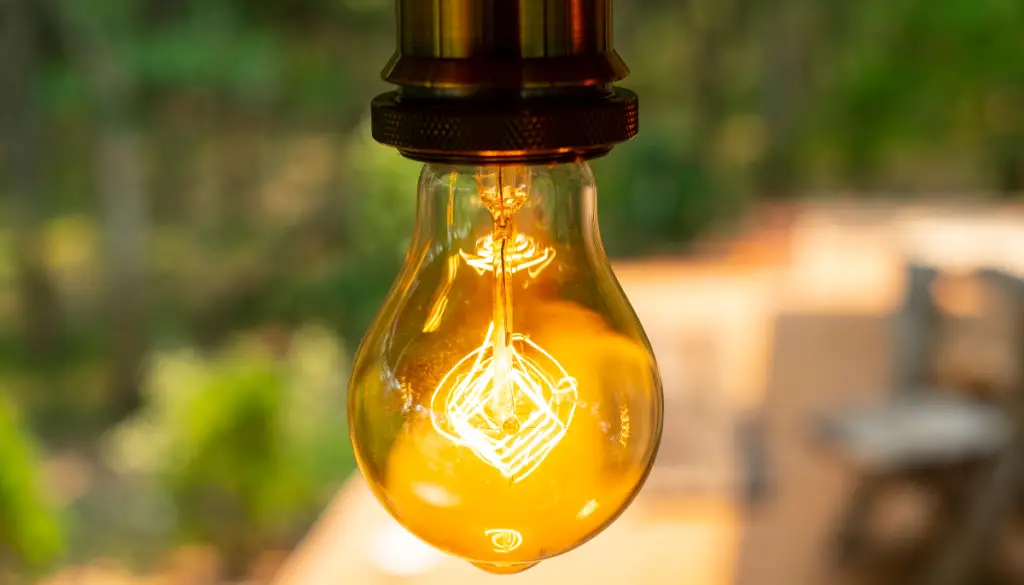
LED vs. Fluorescent: Detailed Comparison
Energy Efficiency and Cost Savings: The battle between LED and fluorescent fixtures, particularly when comparing LED bulbs and fluorescent tubes, heavily leans towards LEDs in terms of energy efficiency. LEDs are known for their low energy consumption, translating into significant energy savings and lower energy costs. While fluorescent lights, such as compact fluorescent lights, might have a lower initial investment, they tend to have higher long-term costs due to their shorter lifespan, higher energy consumption, and the associated maintenance costs, including frequent replacements.
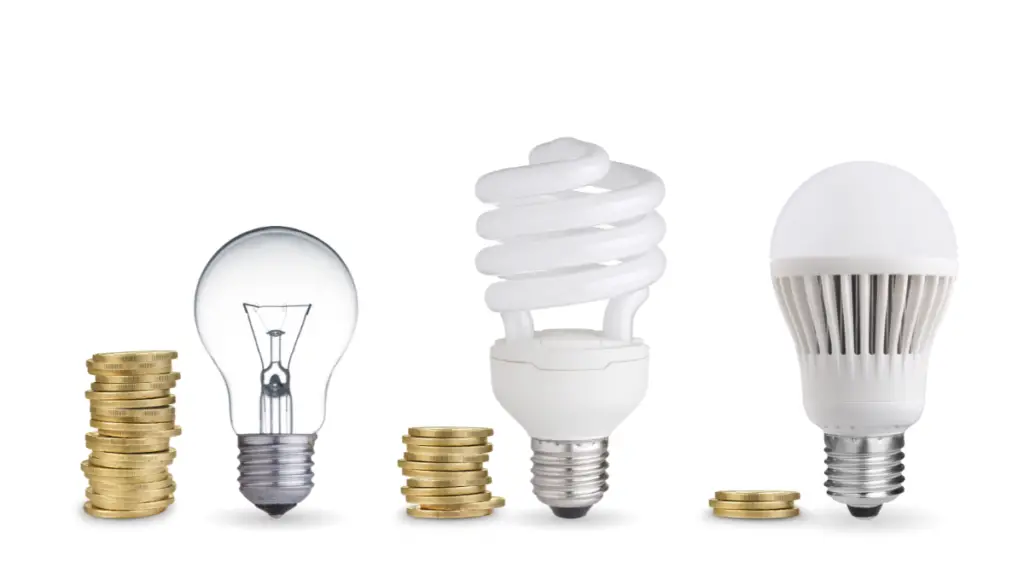
Health and Environmental Impact: LEDs score high on environmental and health factors. Unlike fluorescent bulbs, which contain mercury vapor and emit a small amount of UV radiation, LEDs are free from these hazardous materials and emit much less heat. This makes them safer for office environments, reducing the risk of health issues related to UV exposure and mercury. Additionally, the absence of flickering in LEDs, unlike fluorescent bulbs, reduces eye strain and headaches, further enhancing the well-being of home office users.
Quality of Light: Led technology offers superior color quality, high CRI (Color Rendering Index), and better control over light levels, making them ideal for various lighting needs in offices, from bright lights to softer accent lighting. Many LED lights have dimming capabilities, allowing users to adjust the brightness to their preference. However, it’s important to ensure that both the LED bulb and the dimmer switch are compatible, as not all LED bulbs are designed to work with traditional dimming systems.
They provide a more natural color appearance of a light source, enhancing visibility and reducing eye strain. Fluorescent lights, while they have improved in terms of color quality, still lag behind LEDs, especially when it comes to the consistency of light output and maintaining the color appearance over time.
Longevity and Maintenance: In terms of longevity, LEDs far outshine fluorescent lights. LED bulbs and fixtures, including LED tube lights and troffer lights, have a much longer life span, often lasting tens of thousands of hours before needing a replacement. This longevity results in lower long-term costs, as there are fewer needs for replacements and maintenance. On the other hand, fluorescent lights like fluorescent shop lights and tube lights require more frequent replacements, adding to the maintenance costs.
Design Flexibility: The versatility in the design of LED lighting solutions is unmatched. From well-designed LED luminaires that fit perfectly into modern office aesthetics to flexible options like LED strips that can enhance accent lighting, LEDs offer a wide range of choices. Fluorescent lighting solutions, on the other hand, tend to be more limited in design, often confined to standard shapes and sizes like the rectangular light fixtures seen in fluorescent shop lights or the linear fluorescent lamps used in modular dropped ceiling grids.
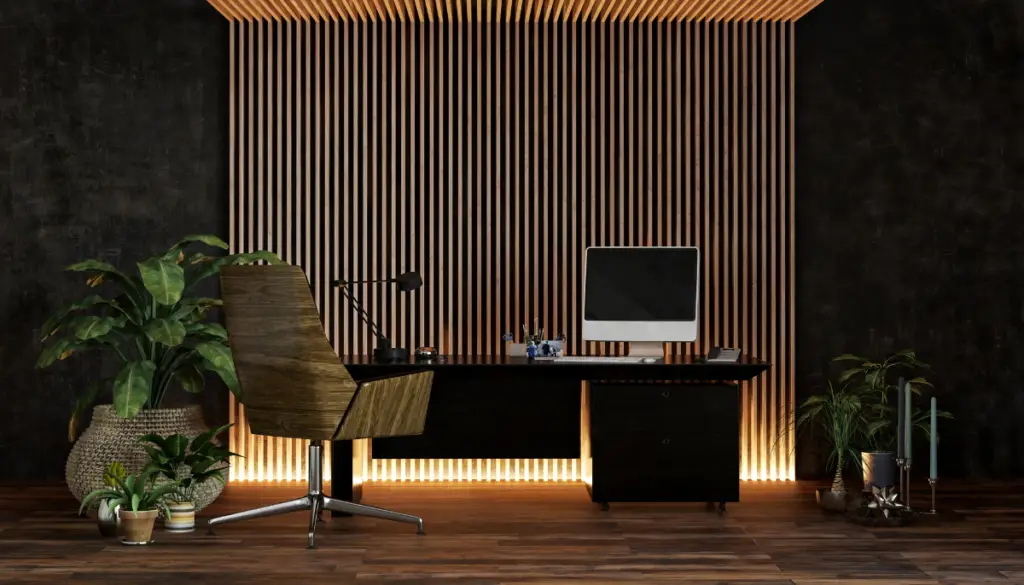
Traditional incandescent bulbs and certain types of LED bulbs can be designed to emit omnidirectional light. Omnidirectional light refers to light that is emitted in all directions uniformly. Unlike directional light sources, which focus light in a specific direction, omnidirectional light sources distribute light across a 360-degree area. This type of lighting is ideal for illuminating a space evenly, as it casts light in all directions, reducing shadows and providing a more comprehensive coverage of light.
Applications in Home Offices: When it comes to home offices, the amount of light required, energy efficiency, and creating the right ambiance are key factors in choosing lighting solutions. LEDs are a popular choice for their adaptability in various home office settings, offering options like LED desk lamps for focused task lighting or LED strips for ambient, accent lighting. While traditional fluorescent lighting is an option, many home offices are transitioning to LEDs for their benefits, including using less power and a more comfortable light quality. LEDs offer a range of options to suit different needs and preferences.
If you need focused lighting for tasks such as reading or writing, LED desk lamps are a great choice. These lamps provide bright and adjustable light, allowing you to easily direct the light exactly where you need it. On the other hand, if you prefer a more relaxed and ambient atmosphere, LED strips can be used to provide soft and indirect lighting. These strips can be easily installed under shelves or cabinets, creating a warm and inviting glow in your workspace
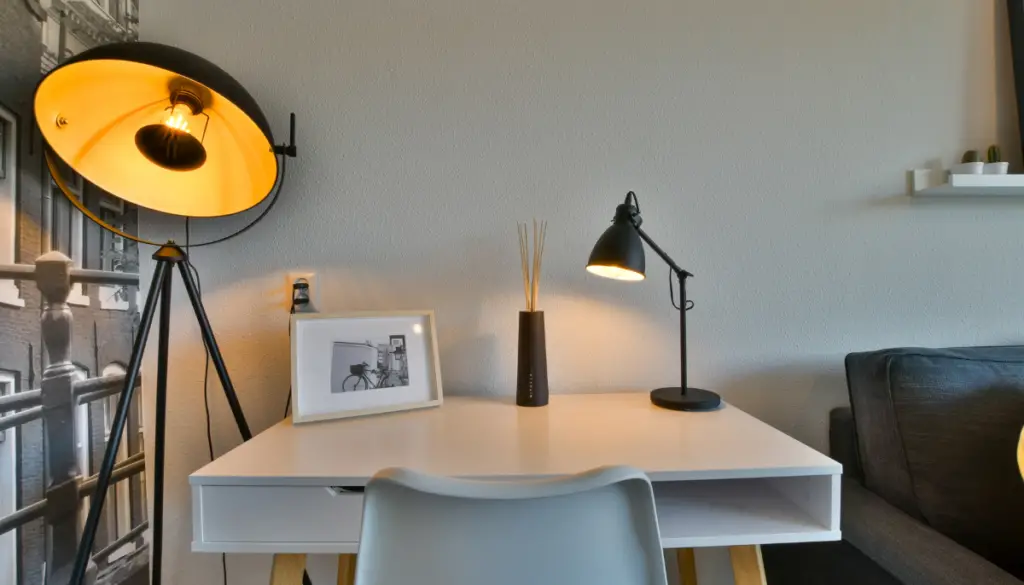
Impact on Well-being: Recent studies have highlighted the impact of lighting on well-being, with a specific focus on how different types of bulbs and their light output can affect mood, productivity, and even physical health like blood pressure. LEDs, with their control over light intensity and color temperature, from bright whites to cold blues, offer the flexibility to create a lighting environment that is conducive to a healthy and productive workspace.
Fluorescent lights, particularly those with flickering issues or harsh light output, can negatively impact your well-being.
Blue light, predominantly emitted by devices like computers and smartphones, plays a significant role in regulating our circadian rhythms, which are crucial to our sleep-wake cycles and overall well-being.

Excessive exposure to blue light, especially in the evening, can disrupt these natural rhythms, leading to sleep disturbances and impacting mental and physical health, making it an important consideration in office lighting design.
Conclusion
The infographic below provides a comprehensive comparison between LED and Fluorescent office lighting in 2024, highlighting key aspects such as lifespan, energy efficiency, environmental impact, health and well-being, design and aesthetics, smart technology, and cost-effectiveness. This visual representation offers an engaging and informative overview of the two lighting options, aiding in understanding their respective benefits and drawbacks.
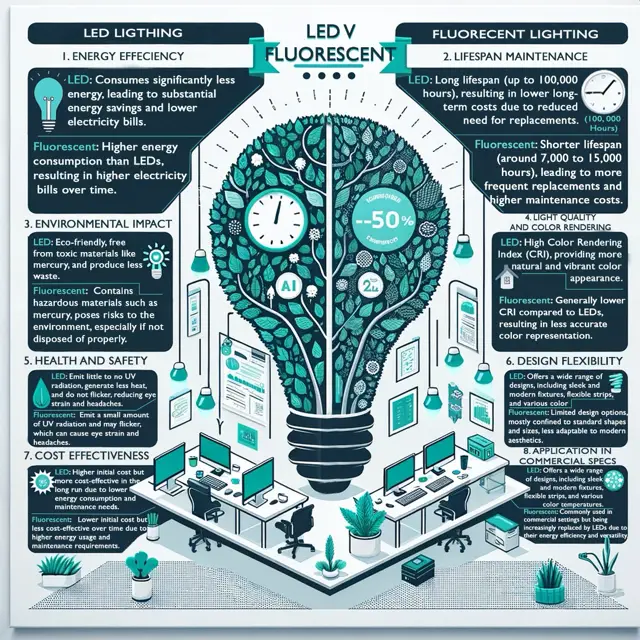
In the comparison between LED and fluorescent lighting for office spaces, LEDs emerge as the superior choice in almost every aspect. From their energy efficiency, environmental friendliness, and health benefits to their design flexibility and impact on well-being, well designed LED luminaire offer significant advantages over fluorescent lighting.
While fluorescent lights, including compact fluorescent lamps and tube lights, have their place, the benefits of an LED lighting system, especially in the long term, make them the best option for modern office spaces. So, whether you’re working from home temporarily or have a dedicated home office, consider incorporating LED lighting to enhance your work environment.

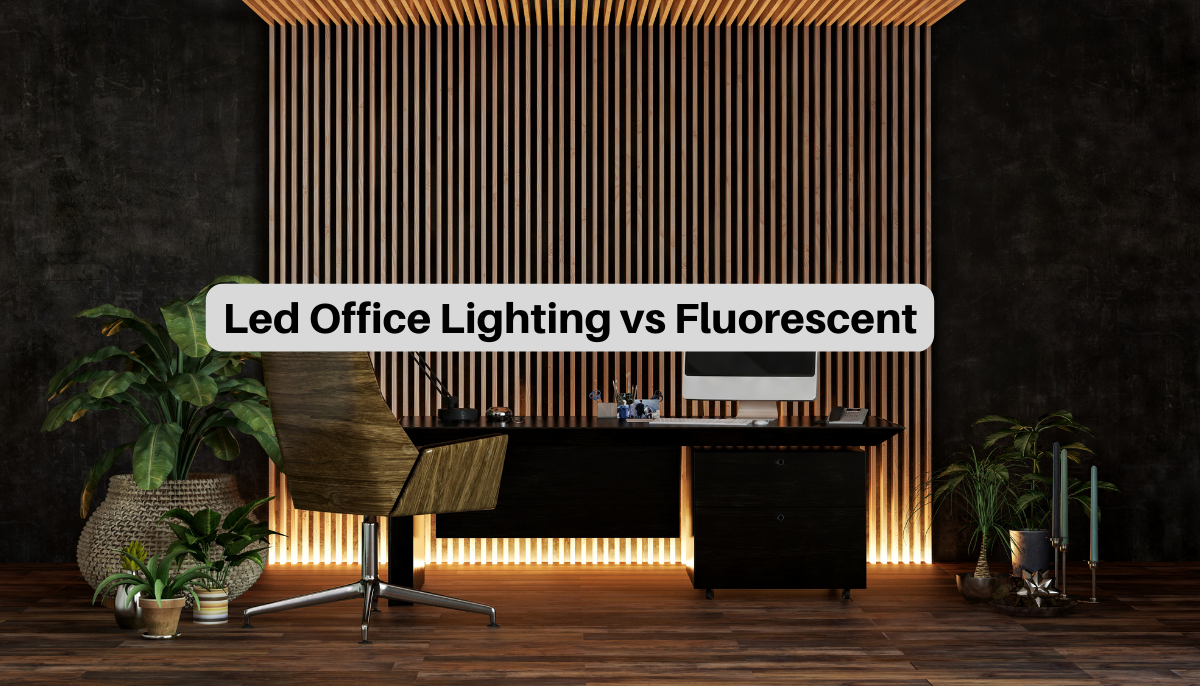
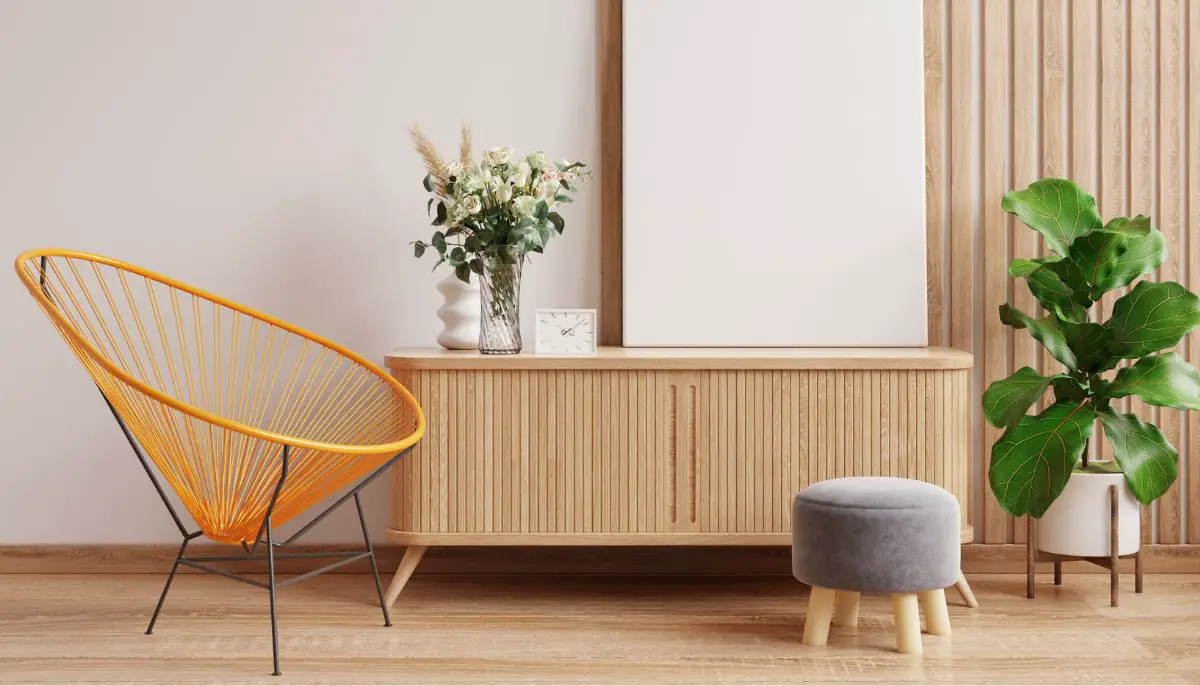
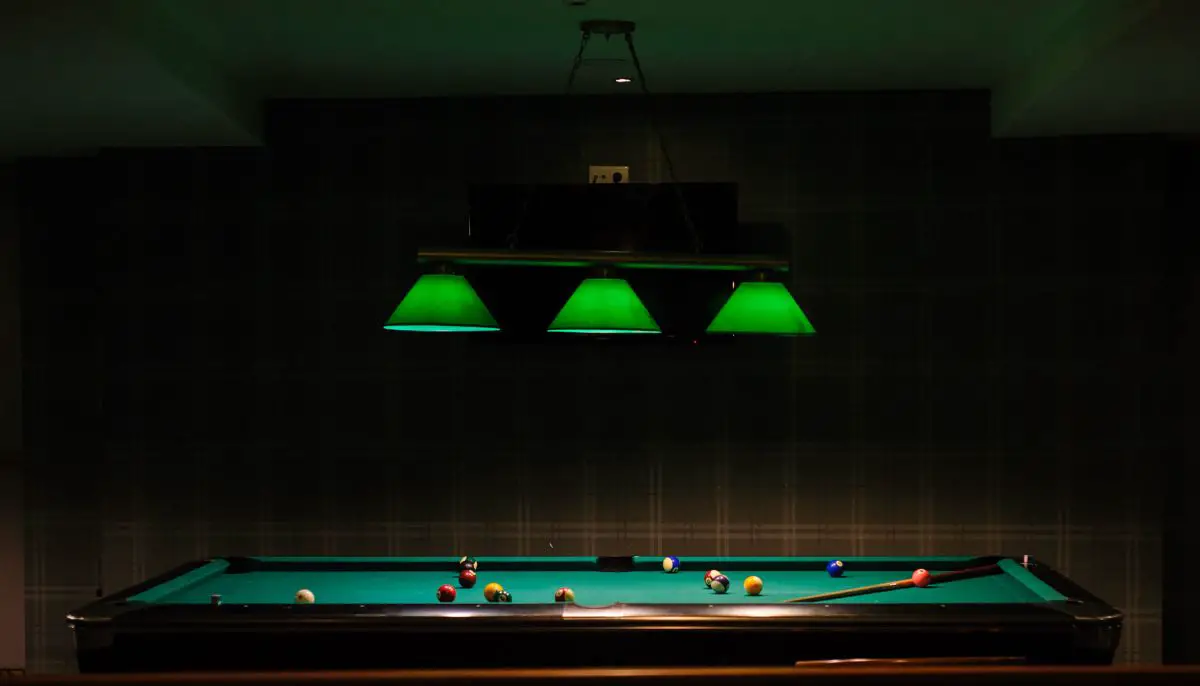
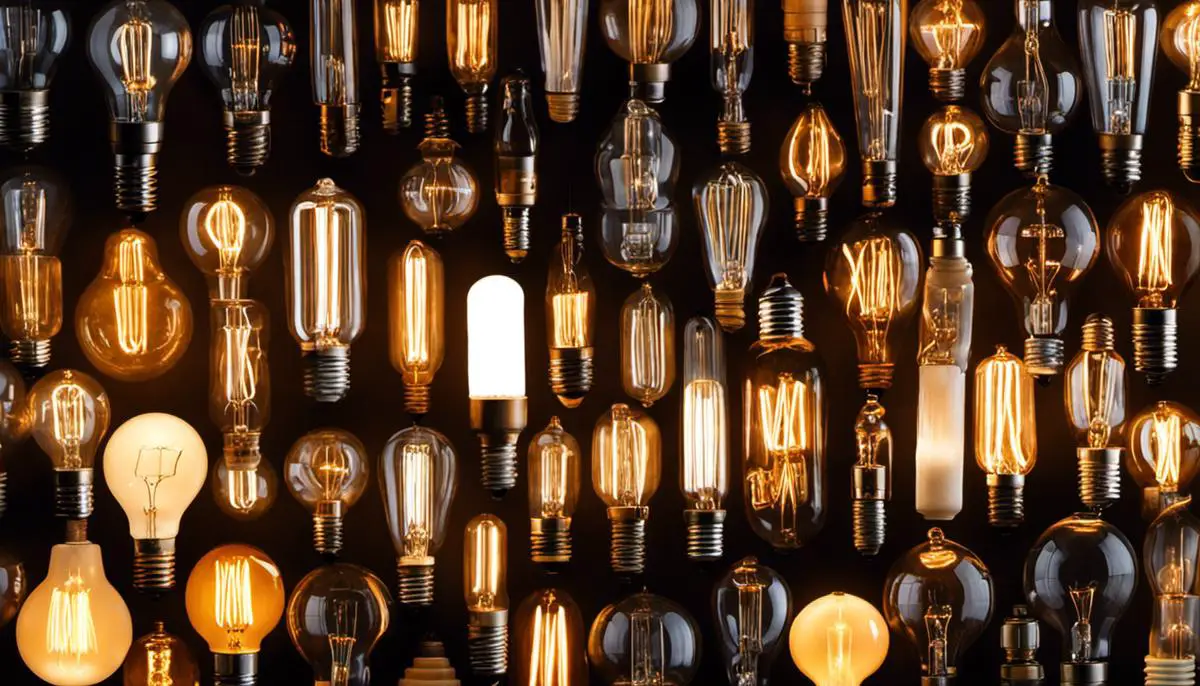
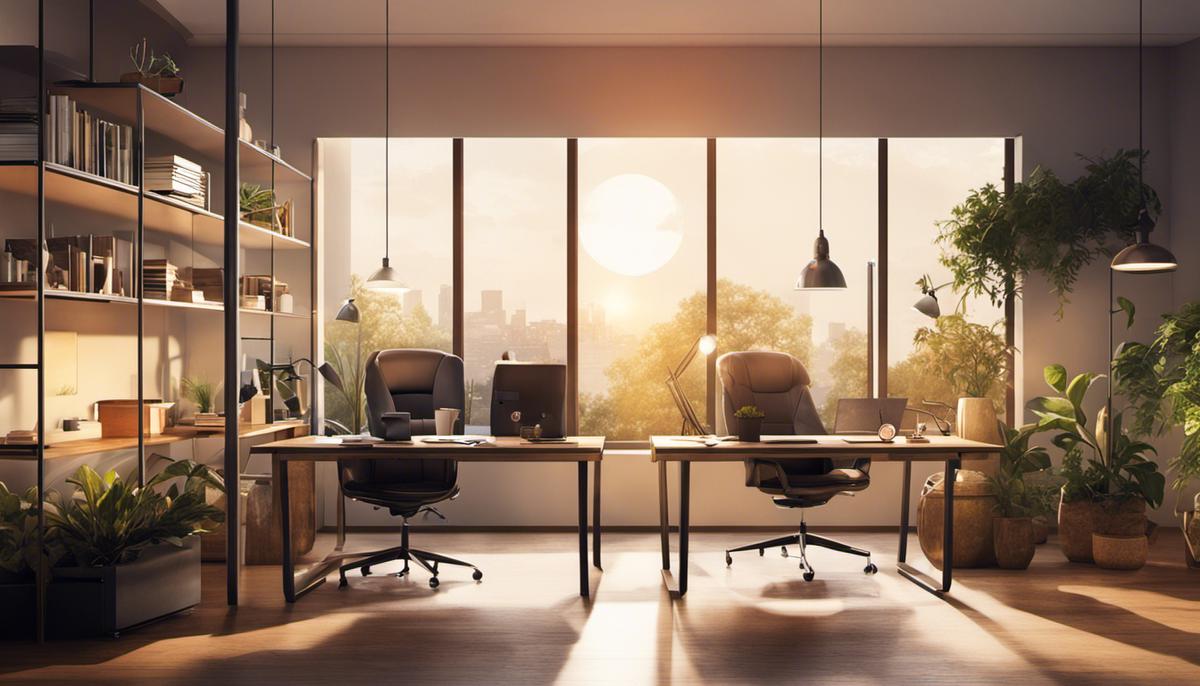
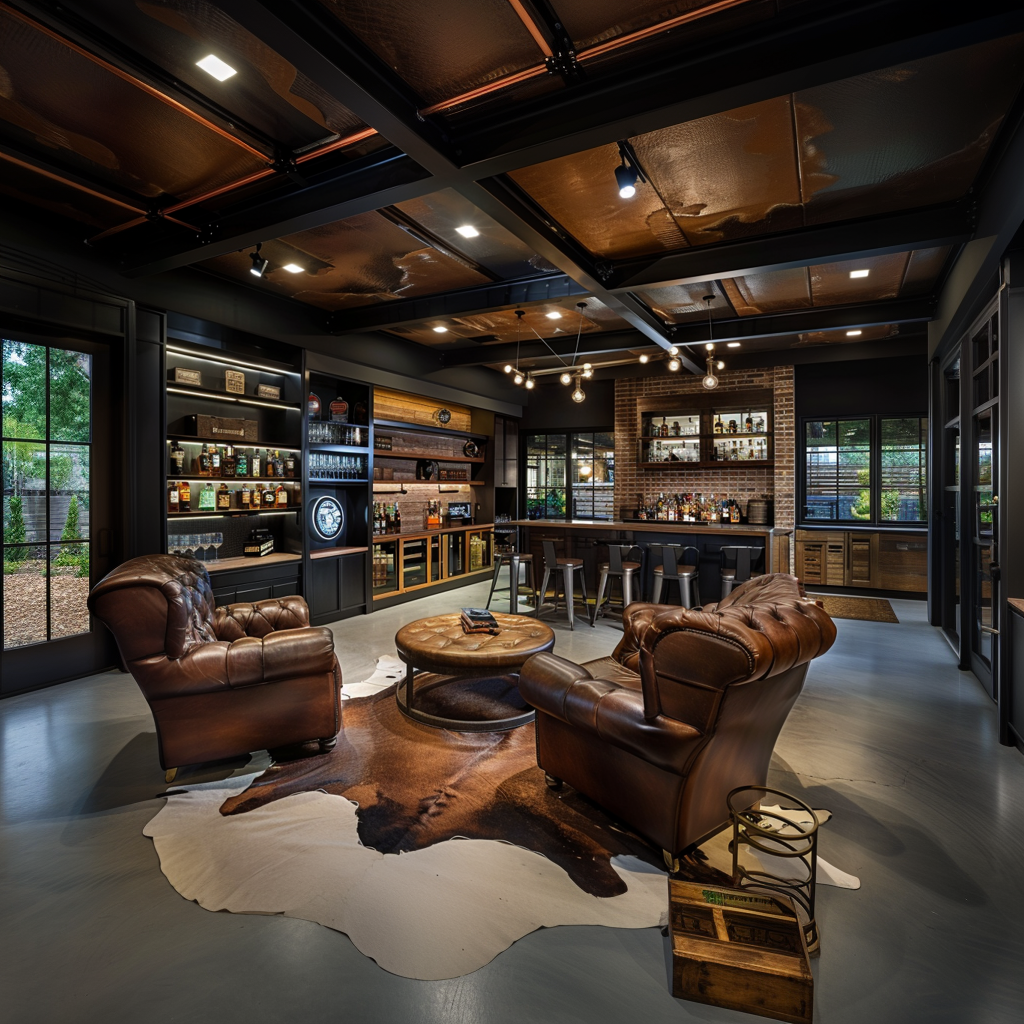
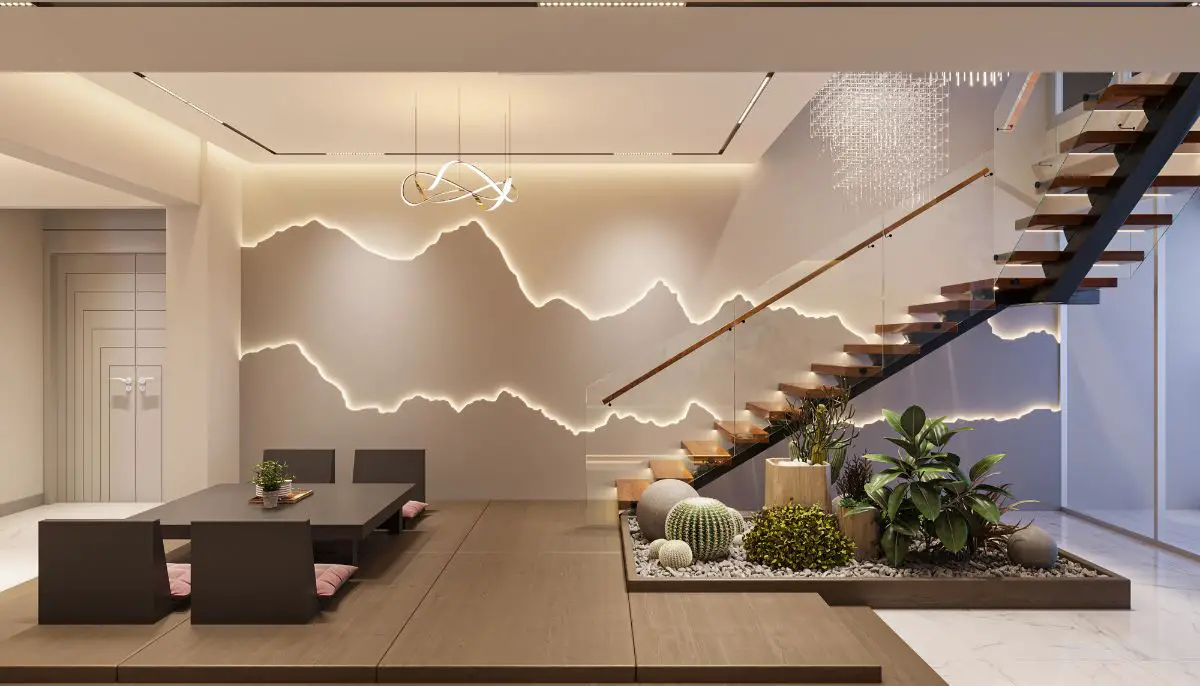
Leave a Reply